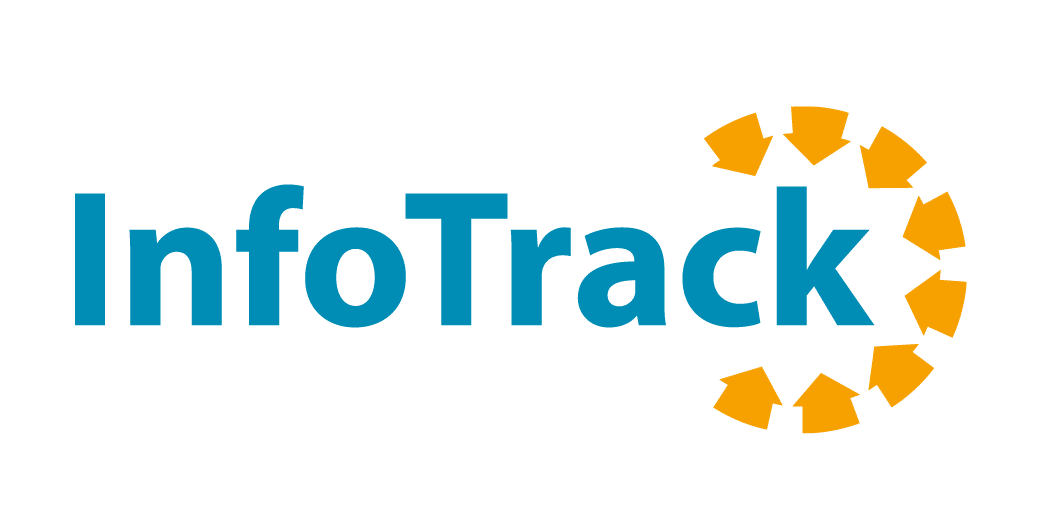
Conveyancers need more than single point solutions
Multiple systems slow matters down — thinking more end-to-end is beneficial and boosts productivity for the firm and its clients, says InfoTrack
How many times have you had to download returned results, save it and upload to the file to your case management system? How many providers do you need to visit, and how many log-ins and passwords are entered to complete one part of the conveyancing process? How much time is spent swapping between systems? If your answer is ‘too many’, it’s just not efficient.
As digital tools have become more prevalent in conveyancing, so too have the options around which technology to choose for your firm. Onboarding your clients, even digitally, is often still managed with multiple providers, searches coming from another, and post-completion somewhere else. Then there’s your case management system, which isn’t always integrated with your providers, meaning additional admin to ensure everything you need is saved to the matter.
With so much choice available to firms now, the question ‘which suppliers should we use?’ has become tougher than ‘does the technology even exist?’. It was once common to consider single point solutions as part of your digital strategy, but with more dynamic solutions supporting firms from end-to-end, there is a better way.
Single point solutions are limiting your productivity
Single point solutions offer a tool to target one specific part of a process, such as completing a digital ID check or submitting an AP1. They are focused on one key task, rather than enabling users to manage processes from end to end.
If you’re using multiple systems and tools to complete various conveyancing tasks, it increases administrative burden and slows down the process. It also increases the risk of misplaced documents that could cause delays to a transaction.
Point solutions are good at solving one specific problem. And in the early days, when digitisation of conveyancing was about introducing technology to manage one aspect of the process, it was suitable. But as the industry is looking to digitise the entire conveyancing process, point solutions for one task no longer improve the process. They hamper it.
If you’re logging into multiple systems, saving files and uploading them into your matter, only to potentially also send them somewhere else as an attachment, it’s no longer efficient and it’s limiting your productivity.
Instead, it’s time firms considered solutions that focus on managing entire sections of the conveyancing process, or even better digitising the process with an end-to-end solution.
Align your technology with the way you manage your conveyancing process
The conveyancing process involves three core sections: onboarding, pre-completion, and post- completion. Viewing how you use technology to manage these sections of the process in the same way, as you operate them, can significantly increase productivity and streamline the conveyancing workflow.
Instead of using one provider to complete digital ID checks, and another for source of funds and wealth verification or AML checks, manage the entire onboarding process with one solution. Doing this provides benefits for both you and your clients.
Having everything to onboard your clients in one place gives better visibility over a client’s progress, gives them one place to complete everything required to get the transaction started, and improves data integrity. You’ll save time not switching between providers and downloading and uploading results, and typically clients return the information faster when it’s all in one system.
The same principle applies to how you manage pre- and post-completion. Manage your contract packs, searches, and title reports in one place rather than with different providers or tools for every task. It helps to reduce time spent on unnecessary admin, reduces rekeying of data, and can even automate parts of the process, freeing you up to spend more time servicing your clients.
End-to-end digital conveyancing is possible
End-to-end digital conveyancing solutions are designed to streamline the entire process from start to finish. It connects the data used throughout a transaction, from client onboarding right through to post-completion.
The outcome is a conveyancing workflow that relieves firms of administrative burden, improves data integrity, and helps with compliance management. Solutions that make end-to-end digital conveyancing a possibility are already here — and firms are on board. In a profession increasingly inundated with regulatory updates, increased fraud risks, and evolving client expectations, using a solution that connects the dots and makes managing the conveyancing process easier is hugely beneficial.




